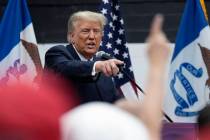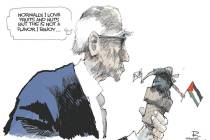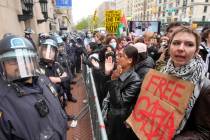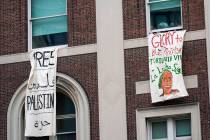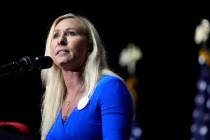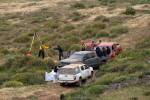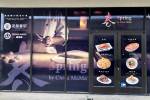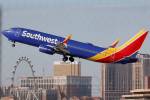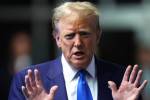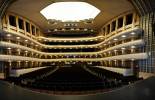EDITORIAL: Las Vegas avoided Missouri’s post-shooting madness
What’s happening in Missouri could have happened in Las Vegas. More than once.
In the span of two years, Las Vegas police fatally shot two unarmed black men. In 2010, officers used military tactics to execute a nighttime raid on the apartment of small-time pot dealer Trevon Cole, who was gunned down while kneeling over a toilet. In 2011, police trained their weapons on mentally ill veteran Stanley Gibson after he had become lost and panicked while driving around an apartment complex. In trying to remove Mr. Gibson from his vehicle, an officer shot him to death.
Fortunately, the community’s anger over those needless deaths was channeled in a constructive fashion, leading to county and federal reviews of police, major changes in training and tactics and reforms in the way police use of deadly force is reviewed. And it started with Sheriff Doug Gillespie and Las Vegas police. Instead of escalating the tension, they helped dial it back. Instead of circling the wagons, they engaged with the people they were charged with protecting.
It’s much easier to appreciate that approach given all that’s transpired in Ferguson, Mo.
It started more than a week ago, when a police officer shot to death Michael Brown, an unarmed black teenager. As resident anger built up, police loaded up. Heavily armed officers dressed in military gear were deployed to the streets to greet protesters. The message was unmistakable: We don’t trust you, we expect you to become violent, and we’ll be ready for you when you do.
That led to days of violent clashes between police and the public, with rubber bullets fired upon civilians and tear gas and smoke canisters launched across streets.
Not only did authorities ruthlessly crack down on the public, they went after members of the media who were telling the world of the otherwise unbelievable abuse of authority in the heart of America. Washington Post reporter Wesley Lowery and Huffington Post writer Ryan Reilly were arrested for trespassing — working inside a McDonald’s.
Yes, outside opportunists, agitators and looters have made things even worse. But from start to finish, Ferguson has provided a textbook lesson on how to turn a tragedy into a crisis. The Ferguson Fire Department might have doused flames with gasoline if police hadn’t effectively beat them to it — just as the city was calming down, authorities released photos and footage of Michael Brown robbing a convenience store. The crime was completely unrelated to the shooting.
On Sunday night, Ferguson again exploded in violence. A curfew was imposed. And, according to reports, more journalists were arrested.
“From the beginning of this situation, the police have made conscious decisions to restrict information and images coming from Ferguson. ... For every reporter they arrest, every image they block, every citizen they censor, another will still write, photograph and speak,” said American Society of News Editors President David Boardman.
We don’t know all the details of the shooting of Michael Brown. And we don’t know whether demonstrators or police have been the aggressors in their most recent street clashes.
But this is America, not some Third World cesspool. Police can’t suspend the First Amendment. Especially in the age of digital and social media, the suppression of liberties is beyond dumb. Engagement, not hostility, is the proper response.
Too bad Ferguson didn’t learn from Las Vegas.








